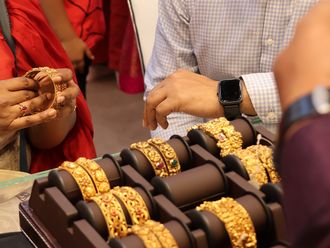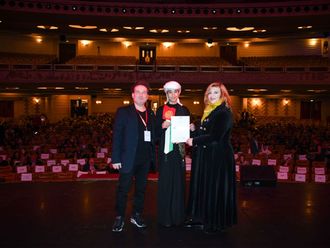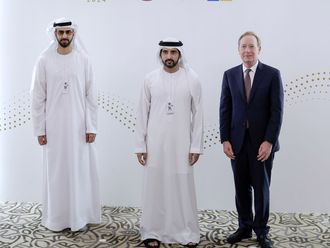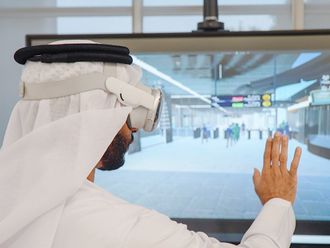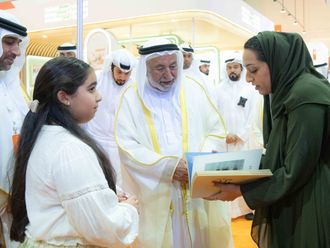There is some evidence showing that money laundering was done in the Philippines by groups such as the ones involved in the attack that destroyed the World Trade Center in New York and the Pentagon in Washington D.C., a senior Philippine official said.
"We are doing some cross-checking to see whether some specific names are coming up. We are beginning to identify some of those organisations," said Finance Secretary Jose Camacho who meet Treasury Secretary Paul O'Neil and State Department officials in Washington.
"I would not say the Philippines is a major hub," said Camacho, but added, "certainly there are implied linkages from the past such as the case of the brother-in-law of Osama bin Laden who has some actions in the Philippines in the mid-1990s."
The Philippine government is enacting its newly-legislated anti-money laundering law a day before the September 30 deadline of the Paris-based Financial Action Task Force.
"We wanted to address the possibility of money laundering in the Philippines as a away of deterring some other crimes that we have been fighting," said Camacho.
Camacho has appealed to the FATF for the de-listing of the Philippines from the international list of money laundering havens.
Before the passage of the bill, President Gloria Macapagal-Arroyo asked the Central Bank of the Philippines to run after the reported bank accounts of the Abu Sayyaf.
At that time, National Security Council head Roilo Golez said the hostage-takers have an estimated $100 million fund, adding they were accumulated from ransom payments, $21 million of which came from non-government organisations in Libya, Malaysia, and Europe for the release of 40 mostly foreign hostages last year.
Another source said bin Laden's brother-in-law, Mohamad Jamal Khalifa, had managed to deposit about $10 million in the name of one Abu Sayyaf member who was then designated as foreign minister, in 1984. But the police, which learned about the said deposit, arrested and killed him in the same year, sources said.
Golez did not explain the other sources of the Abu Sayyaf bank dollar account. He did not give other details such as the names of the holder of the Abu Sayyaf money.
The government came up with its version of anti-money laundering law after the U.S. government called for the freezing of the accounts of suspected terrorists, following the September 11 attacks.
At the same time, presidential officials said it would write to the editors of the New York Times to protest a report, which mentioned the Philippines as among those sheltering terrorists with links to bin Laden.
Evidence points to money laundering by terror groups
There is some evidence showing that money laundering was done in the Philippines by groups such as the ones involved in the attack that destroyed the World Trade Center in New York and the Pentagon in Washington D.C., a senior Philippine official said.


